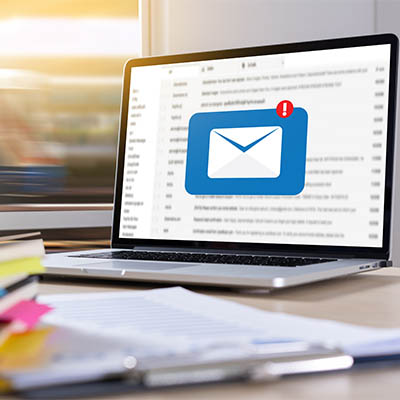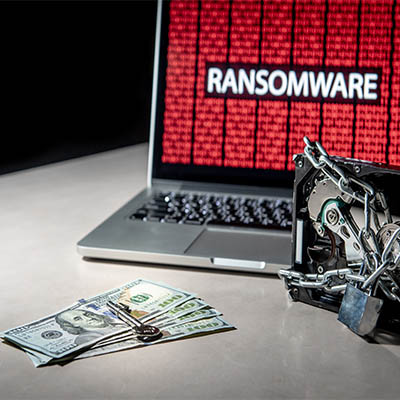Data is one of—if not the—most essential resources a business has, which means it is essential that you take the steps to protect it in every way possible from every potential threat. This includes those that could originate from within your own organization. Let’s consider the case of Xiaorong You, who was recently convicted of conspiracy to commit trade secret theft by a federal jury.
One of the most terrifying situations your business can encounter is when it’s clear that you’ve been hacked. It can cause extreme anxiety regardless of what size of a business you run. The most important thing is to know how to react to mitigate the damage to your business’ network and reputation. Let’s go through a few steps you need to take if you’ve been hacked.
While it may not seem so at first glance, the concept of “productivity” has evolved significantly in the last few centuries—the amount of time it has been seen as a priority. Beginning once technology enabled the focus of life to be less day-to-day survival and more centered around industry and scale, the first whispers of our modern view of productivity started in the late 1700s. Let’s briefly examine how our view of productivity developed, and how many are looking at it today.
When so many shifted over to remote operations during the pandemic, it threw a sizable number of them for a loop. It has taken about a year for the shift to settle in, in fact, and so people everywhere are finally starting to feel the impacts of prolonged remote work. One considerable impact: the fatigue that the digital communications required have brought about, and how overwhelmed your team may feel as a result.
Running a business of any size comes with more than its fair share of risks, particularly if that business is on the smaller side. One major risk factor is the prospect of cybercrime and the impact it can have on a business. Let’s look at how this particular risk can influence the challenges that businesses must now contend with.
Email is a hugely useful business tool, which is what makes solutions like Microsoft Outlook so popular in today’s organizations. Having said that, it can become far too simple for the inbox to be overstuffed with outdated and unnecessary messages that ultimately serve little more than to hide the ones you need to review. Did you know that there’s a capability built into Outlook that can help you keep track of your important messages? Let’s go over how you can use it.
Ransomware attacks are notorious for their expense to the victim—largely because of the various costs that come along with successful ransomware infections, including many that might not be expected at first. Let’s review some of these costs, if only to reinforce the importance of avoiding ransomware as a rule.
For a considerably long time—over 40 years—Apple has staked the claim that their devices are pretty much hack-proof, that most hackers wouldn’t even try breaking into their security measures. Law enforcement was so repeatedly rebuffed by the company as they sought workarounds to get into their devices, that these law enforcement agencies figured it out for themselves. In doing so, they uncovered a few things that even the most ardent Apple fans may be surprised to hear.
We’ve all received those emails that have some level of sensitive data in them, and we’ve all sent our fair share of them as well. However, one almost has to wonder—how secure is this data as it sits around in someone’s inbox?
With a business’ inventory playing such an important role in so many business operations, the capability to manage it properly can be seen as indispensable. Fortunately, there are plenty of tools to help make your inventory management much simpler than it once was. Let’s take a few moments to consider three such tools, and how they are being used now.










